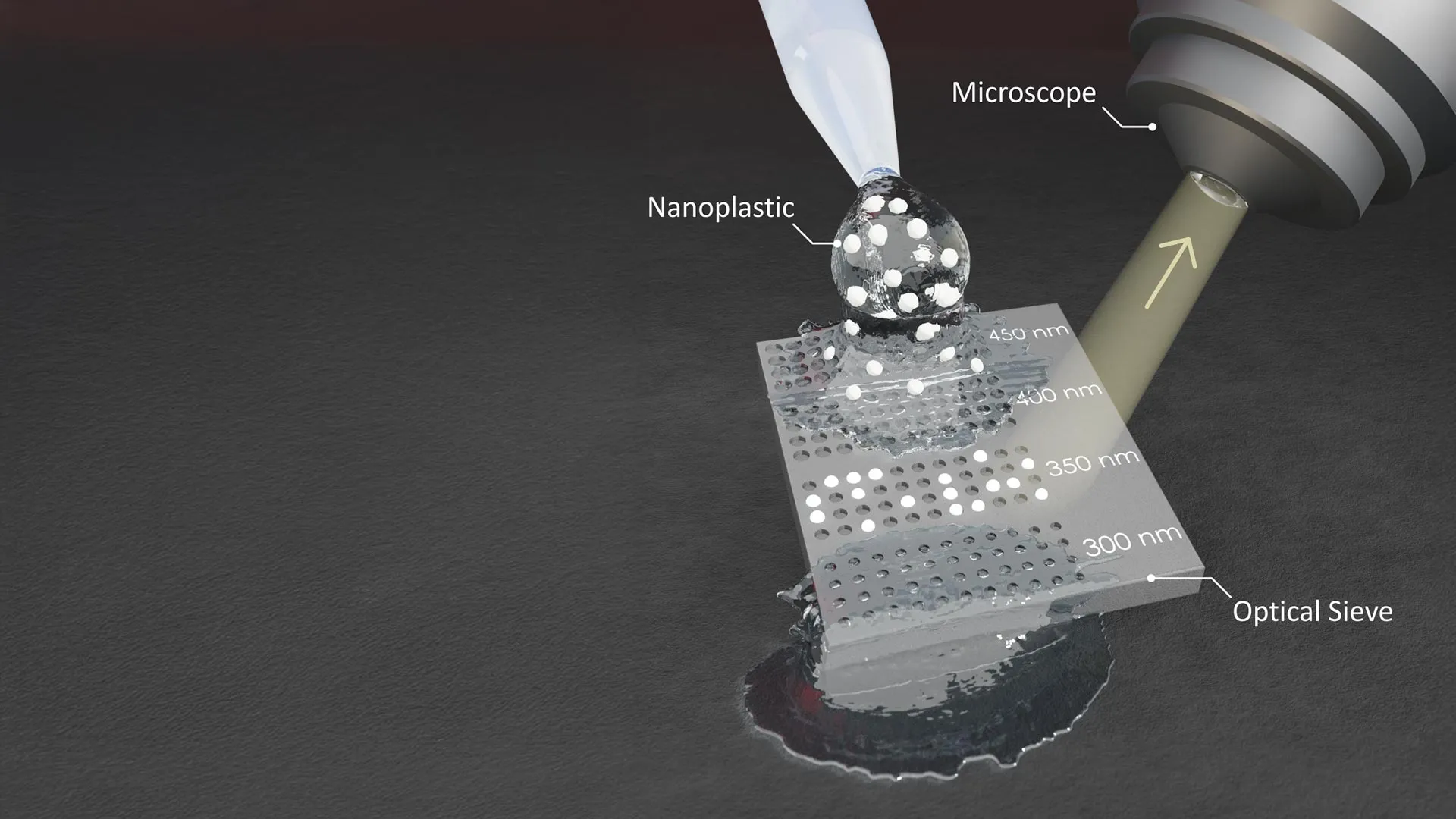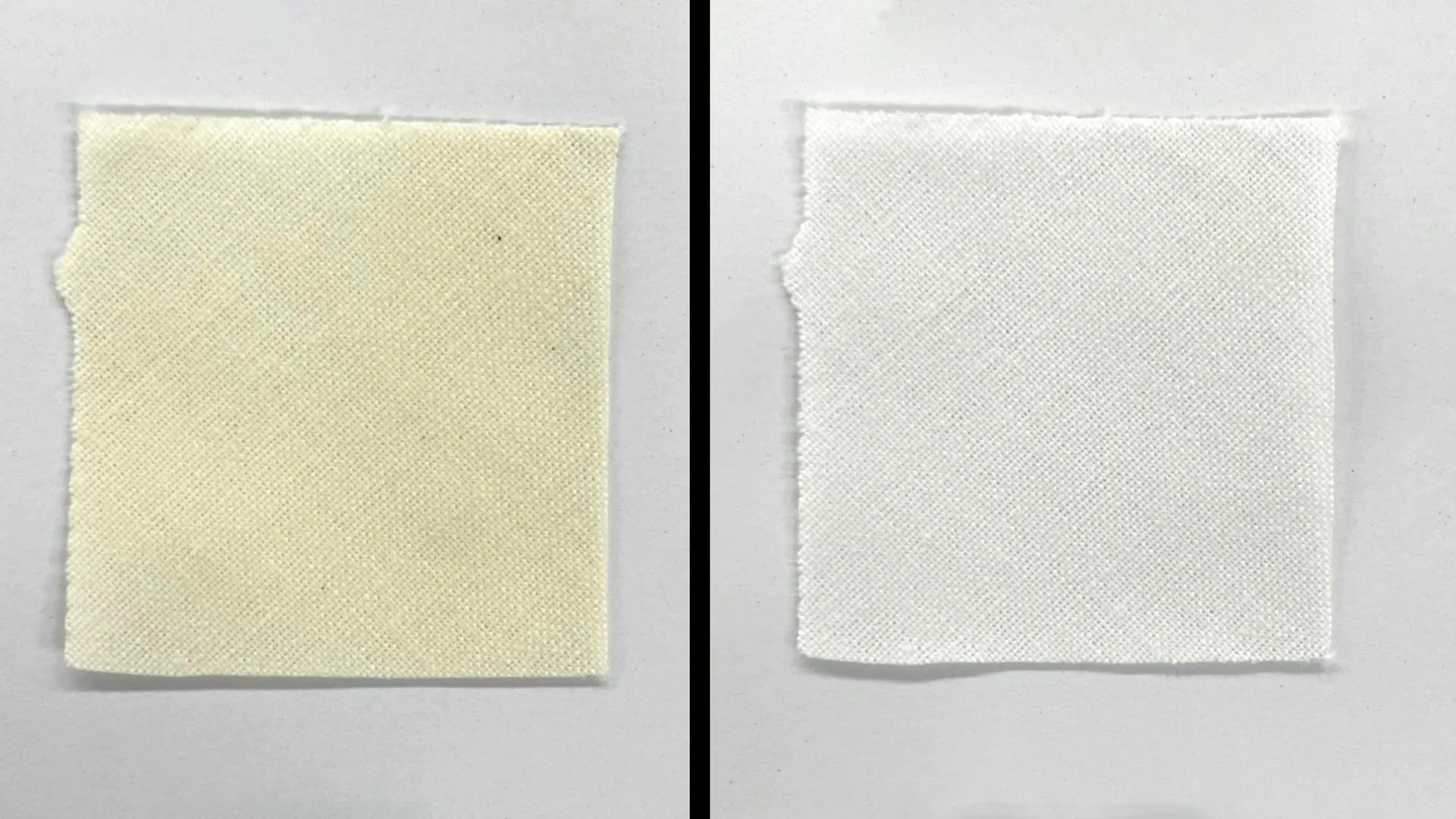Now Reading: Revealing the Hidden Danger of Microplastics
-
01
Revealing the Hidden Danger of Microplastics
Revealing the Hidden Danger of Microplastics

Quick Summary:
- A team from the University of stuttgart and the University of Melbourne has developed a novel method to detect nanoplastic particles using an optical microscope and a test strip called the “optical sieve.”
- previously,detecting nanoplastics was tough due to their small size,but this new method uses color changes on test strips to make them visible.
- the optical sieve employs resonance effects in tiny holes etched into semiconductor substrates. These voids cause color changes when nanoplastic particles fill them, allowing researchers to count particles and measure their size.
- This technique is cost-effective compared with traditional methods like scanning electron microscopy and does not require highly trained personnel for operation.
- Researchers have tested samples containing synthesized spherical nanoplastic particles as real environmental samples with specific nanoparticle concentrations are currently unavailable. The initial experiments yielded promising results in determining particle numbers, sizes, and distribution in water samples mixed with organic components from a lake habitat.
- Future plans include adapting the technology for non-spherical plastic particles and exploring its application as mobile test strips for onsite analysis in environmental or health research.
Indian Opinion Analysis:
The development of affordable tools like the optical sieve marks substantial progress in addressing environmental challenges posed by nanoplastics.For India-a country grappling with severe plastic pollution affecting rivers such as the Ganges-this innovation presents potential benefits if adapted successfully for local conditions. Easy-to-use, low-cost detection methods can empower policymakers, researchers, and communities to assess contamination levels more accurately across diverse environments such as urban water bodies or rural agricultural soils.
Moreover, India’s burgeoning health sector could leverage similar methodologies to study microplastic sedimentation’s impact on human biology-a field where data remains scarce yet urgently needed due to growing concerns about long-term health risks.
Though, practical implementation may hinge upon international collaboration focusing on local calibration techniques suited for indian ecosystems’ unique challenges (e.g., high organic load in waterways). Ensuring accessibility through cost-effective scaling while integrating robust policymaking will be key steps moving forward if India decides to adopt this scientific advance widely.

























